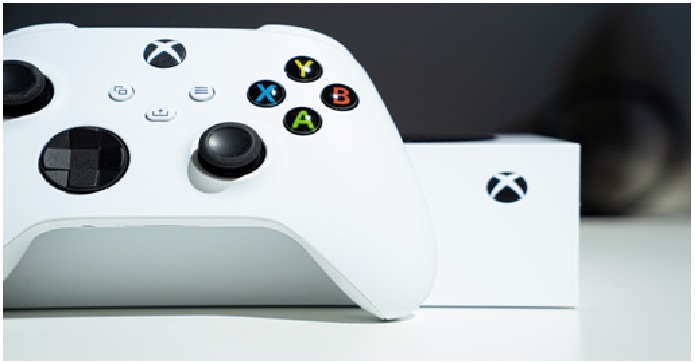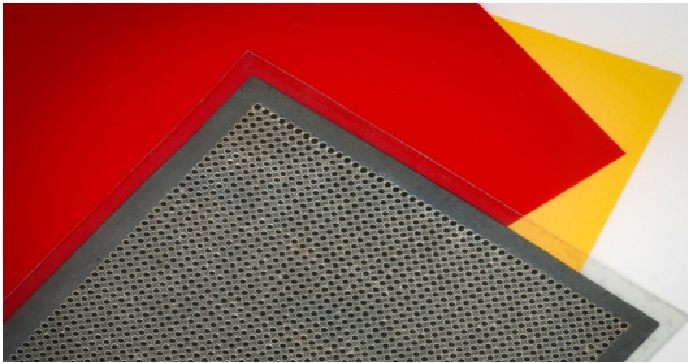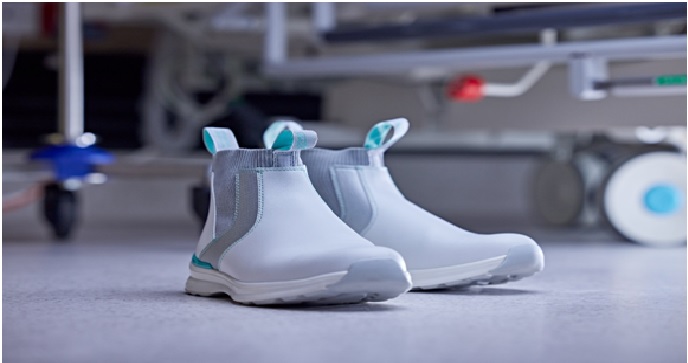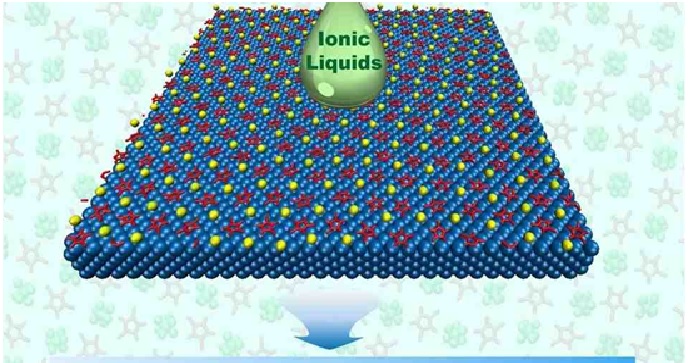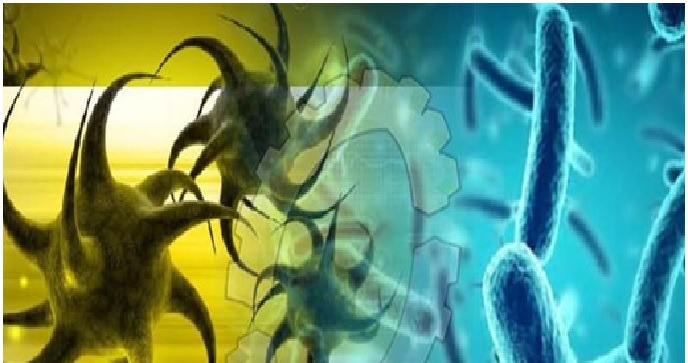Design surfaces that make water boil more efficiently
The boiling of water or other fluids is an energy-intensive step at the heart of a wide range of industrial processes, including most electricity generating plants, many chemical production systems, and even cooling systems for electronics.
Improving the efficiency of systems that heat and evaporate water could significantly reduce their energy use. Now, researchers at MIT have found a way to do just that, with a specially tailored surface treatment for the materials used in these systems. [1]

Figure 1. Engineer Design surfaces that make water boil more efficiently
Figure 1 shows anything that enhances one of these criteria tends to make the other worse in materials design since there is typically a tradeoff between the two. However, both are crucial for the system’s effectiveness. After years of work, the team has discovered a technique to improve both characteristics simultaneously, thanks to their mix of various textures applied to a material’s surface.
Most of the components of this new surface treatment have been studied already, yet this new work is the first to show that these methods could be combined to overcome the tradeoff between the two competing parameters. [2]
There are two main parameters that describe the boiling process: the heat transfer coefficient (HTC) and the critical heat flux (CHF). In material design, there is usually a trade-off between the two, so anything that improves one of these parameters tends to make the other worse. But both are important for the efficiency of the system and now, after years of work, the team has managed to significantly improve both properties at the same time, by combining different textures added to the surface of a material. [3]
Although their work has confirmed that the combination of these kinds of surface treatments can work and achieve the desired effects, this work was done under small-scale laboratory conditions that could not easily be scaled up to practical devices, Wang says. “These kinds of structures we’re making are not meant to be scaled in its current form,” she says, but rather were used to prove that such a system can work.
Even those kinds of applications will take some time to develop because typically thermal management systems for electronics use liquids other than water, known as dielectric liquids. These liquids have different surface tension and other properties than water, so the dimensions of the surface features would have to be adjusted accordingly. [4]
References:
- https://www.technology.org/2022/07/14/engineers-design-surfaces-that-make-water-boil-more-efficiently/
- https://www.techexplorist.com/engineers-design-surfaces-make-water-boil-efficiently/52448/
- https://nationworldnews.com/design-surfaces-that-make-water-boil-more-efficiently/
- https://mixpoint.in/condensed-matter/2022/07/designing-surfaces-that-make-water-boil-more-efficiently/
Cite this article:
Thanusri swetha J (2022), Engineer Design surfaces that make water boil more efficiently, AnaTechMaz, pp.242


